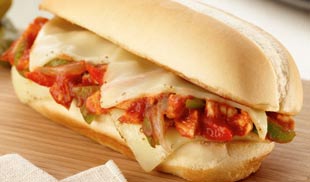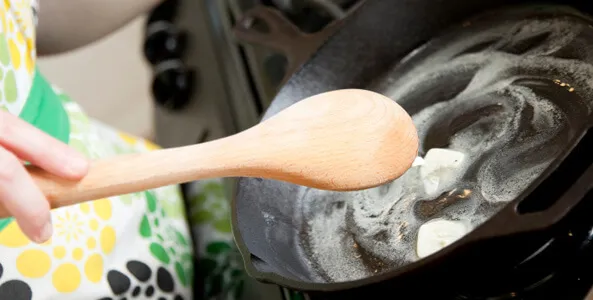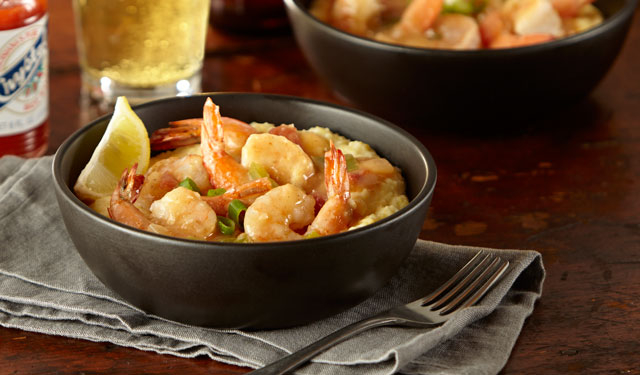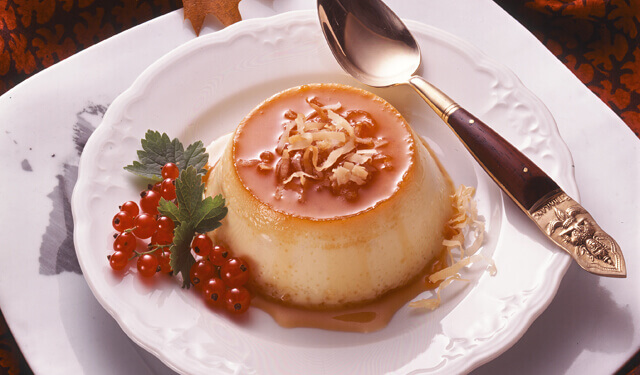

Cooking with Butter
You are probably familiar with the wonderful benefits of baking with good-quality butter. In the Test Kitchens, we often hear that you only trust Land O'Lakes® Butter because of the quality and consistency it brings to your sweet baked goods.
 by
Kim
by
Kim
 by
Kim
by
Kim

You are probably familiar with the wonderful benefits of baking with good-quality butter. In the Test Kitchens, we often hear that you only trust Land O Lakes® Butter because of the quality and consistency it brings to your sweet baked goods. You may not be as familiar with the benefits of cooking with butter, but the dairy sweet flavors naturally present in butter are a natural complement to many foods. Butter also provides a desirable mouth feel described as smooth and creamy, that is especially important in sauces.
When cooking with any kind of fat, it is important to consider the taste and texture it imparts to foods. When sautéing, ingredients easily absorb the flavors of the fat, which can be noticed in the final recipe. In soups and stews, fat can be added during cooking and later removed, but the flavor remains.
When cooking with butter (or any type of fat), it’s important to avoid heating to the point when it begins to smoke. This signals that the oil is decomposing. Fats with a high smoke point (420°F to 445°F) such as sunflower, canola or peanut oil are suitable for high-heat cooking. Butter, which has a low smoke point (250°F), is suitable for cooking that requires moderate or low heat.
There are a variety of cooking methods that work well with butter. In the Test Kitchens, we have found these three methods work best for butter.
Pan Fry

Butter works great for frying thin pieces of meat or fish where light browning is desired. It also works well for vegetables that have been cut into uniform sizes. To pan-fry with butter, preheat your pan over medium heat and add butter. When it is melted, add your ingredients. Cook,stir, watch closely, and adjust heat accordingly.
Caramelize

Caramelizing brings out the natural sugar flavors in food. To caramelize, cook chopped or thinly-sliced vegetables in a small amount of butter over low heat for about 10 minutes. They should begin to caramelize, and become sweeter.
Sauces

Butter has a distinctive flavor that contributes to mouth feel in many different types of sauces. Its flavor is mandatory in classic white sauces, but it also works wonderfully in tomato-based sauces and meat-juice-based pan sauces. Many flavors can be added to butter in sauces, including lemon juice, parsley, white or red wine, white or red wine vinegar, or mustard.
Next time you pull out your recipes, think about working butter into your cooking. You’ll be glad you did!
Share Your Thoughts
Did you find this article helpful? Has it inspired you? What else would you like to know?



